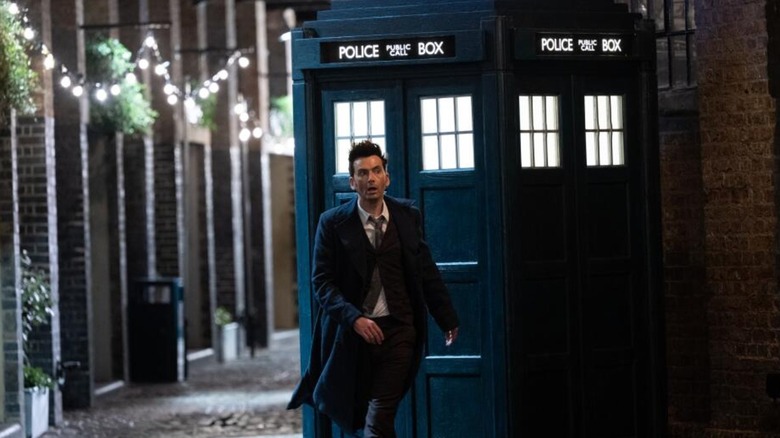Share this @internewscast.com
“Doctor Who” is a cultural icon that has touched many generations of fans. First aired in 1963, the show hasn’t continuously been in production but has evolved over time with various interpretations and numerous actors embodying the Doctor. The series began with the story “An Unearthly Child,” where William Hartnell portrayed the Doctor. Accompanying him were his granddaughter, Susan Foreman (played by Carole Ann Ford), and two of her schoolteachers, Ian Chesterton (William Russell) and Barbara Wright (Jacqueline Hill).
In the first serial, “An Unearthly Child,” Ian and Barbara encounter the TARDIS in a yard after following Susan. Upon entering it—much to the Doctor’s dismay—they discover it is unexpectedly larger on the inside due to Time Lord technology. As is typical for anyone stepping into the TARDIS, which appears as a police box on the outside, the teachers are bewildered by its interior. Susan clarifies, “Well, I made up the name TARDIS from the initials: Time and Relative Dimension in Space.” This simple line introduces the TARDIS as a space-time vehicle, capable of transporting its passengers to any location and era.
The TARDIS has become a staple of the series, appearing in every version of “Doctor Who.” With each new Doctor, both the Doctor and the TARDIS receive updates. Many regard the TARDIS as a character in its own right, as the Doctor often converses with it as if it were human. Notably, in the Matt Smith period of the show, the TARDIS communicates through a woman named Idris (played by Suranne Jones) in the episode “The Doctor’s Wife.” Although this episode is polarizing among fans, it underscores the TARDIS’s crucial role for both the Doctor and the series itself.
TARDIS stands for Time and Relative Dimension in Space
The TARDIS has become an iconic image of both “Doctor Who” and British popular culture. You can even visit a real-life, to-scale (from the outside, that is) version of the TARDIS in London (it’s right outside Earl’s Court tube station). Pretty much everybody in the U.K. knows what the TARDIS looks like, though its full name — Time and Relative Dimension in Space — is less well known, both in Britain and abroad.
While it’s made clear early on what TARDIS stands for and who named it, the series doesn’t delve too deeply into its backstory. The TARDIS is a character, but it’s also a refuge, a weapon, or whatever the writers need it to be in a particular adventure or episode. It’s unclear who first made the TARDIS or who gave it that rather clunky name. For the most part, the series has treated the TARDIS as a plot device more than anything else, which has worked for decades.
When needed, it carries the Doctor and his companions out of danger, or its systems can be used to analyze or produce whatever is needed at the time — there’s little the Doctor has asked for that the TARDIS can’t deliver. It’s both a technological wonder and a living organism that’s capable of interacting with humans via telepathy, making the TARDIS one of the most unique vessels in all of science fiction.








